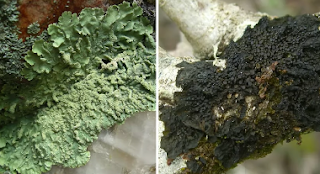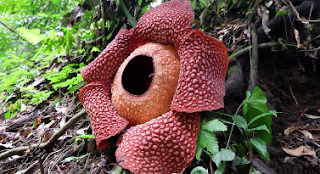Examples of Plant Symbiotic Relationships
What do these three plants have in common?
They all three survive based on a symbiotic relationship.
Life on Earth is amazing,diverse, and full of relationships.
Symbiotic relationships are close relationships between different species.
Mutualism in which both species benefit.
Commensalism in which one species benefits and the other is neither hurt nor harmed.
Parasitism in which one organism benefits and the other is harmed.
Lichen is an example of a very interesting mutualistic relationship between fungi and algae.
If you travel almost anywhere that has rocks or trees you will find lichen.
Lichen come in all kinds of shapes and sizes.
What is interesting about lichen is that they involve a mutualistic relationship between fungi and algae
The fungi provide structure and the algae by practicing photosynthesis provides the food.
As a result the lichen can survive in places that neither the fungi or algae could alone.
The Saguaro cactus is another example of a symbiotic relationship. I recently visited my sister in Arizona and became fascinated with the suh waa row cactus.Young suh waa row grow under the protection of a “nurse tree”, like a mesquite tree. As the Saguaro grows, it takes water and nutrients from the soil around the nurse tree which most often results in the host tree dying. This relationship is good for the suh waa row but bad for the nurse tree.
The Rafflesia is a huge flowering plant found in Indonesia. Although it looks beautiful this flowering plant smells like rotting flesh. Another interesting fact is that the plant has no stems, leaves or roots. It uses a rootlike structure to absorb nutrients and water from the vines of neighboring trees and plants. It is considered a parasite because it steals food and water from the plants around it.






0 comments:
Post a Comment